
Why must a single-phase AC motor be connected to a capacitor?
When discussing the knowledge of single-phase AC motors, we often encounter questions about capacitors. If you also have such questions, reading on may be helpful to you.
Why is it necessary to add capacitors to single-phase AC motors? Can it be turned on without adding a capacitor? Why don't you have to add capacitors to a three-phase motor? If you are learning about single-phase AC motors, you may have such questions. Today, Lunyee will explain the principle to you in the form of an article.
Single-phase motors are often used to drive power tools and household appliances that do not have a lot of power, such as fans and washing machines, etc. It has two windings on the stator, one is the working winding and the other is the starting winding, and you can't have one without the other.Whether it is a single-phase motor or a three-phase motor, they are based on the principle of electromagnetic induction and work, so to really understand the rotation of the motor, you have to understand electromagnetic induction.
Electromagnetic induction
Magnetism can generate electricity, electricity can also generate magnetism, they are inseparable. For example, a conductor cutting the magnetic lines of force will produce induced electromotive force (i.e., induced voltage), as shown in Figure 1-1 (2). But if a conductor moves in a magnetic field but does not cut the magnetic lines of force, no induced voltage will be generated either, as shown in (1) of Figure 1-1 below.
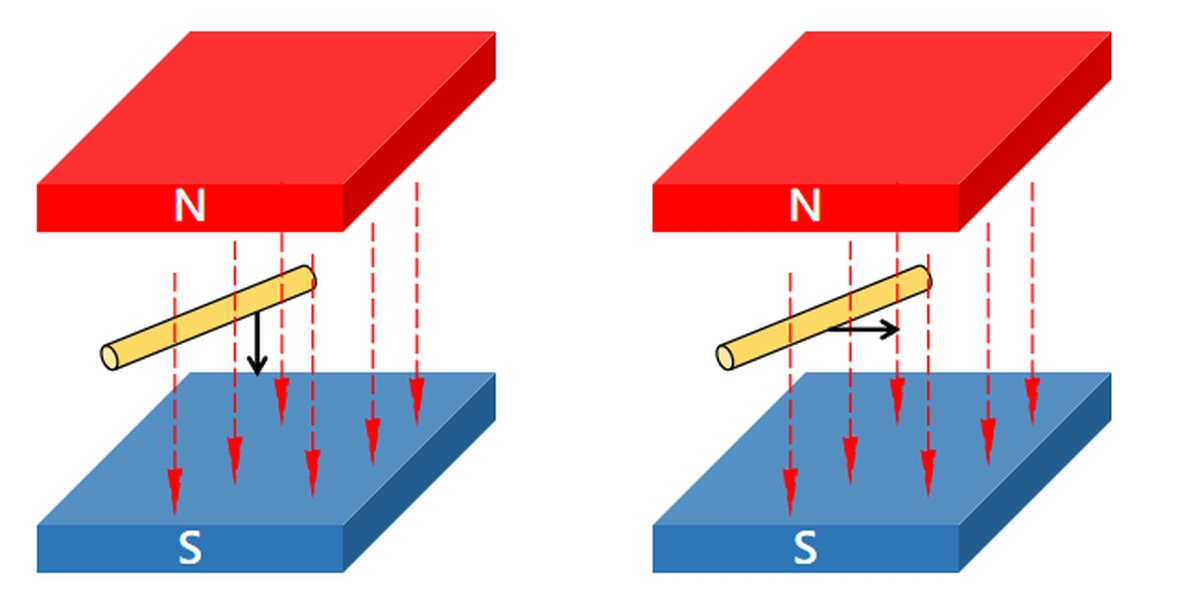
It is the conductor that is moving in Fig. 1-1. From this, think about this: if the conductor doesn't move and the magnet is allowed to move, won't that also cause the conductor to generate an induced electromotive force? The answer is yes. You can imagine that if the conductor in Figure 1-1 is fixed and the magnet is moved up and down and left and right, the conductor will generate an induced voltage when the magnet is moved left and right. But when the magnet moves up and down, the conductor does not produce an induced voltage because there is no "cutting" phenomenon.
In addition, the conductor cutting the direction of the magnetic lines of force will sometimes be different, as shown in Figures 1–2 below, when the conductor moves horizontally to the right, the induced voltage, than to the right downward movement of the induced voltage. This is because, at the same speed and at the same time, the number of magnetic lines of force cut by a conductor moving horizontally to the right is greater than the number cut by a conductor moving downward to the right.
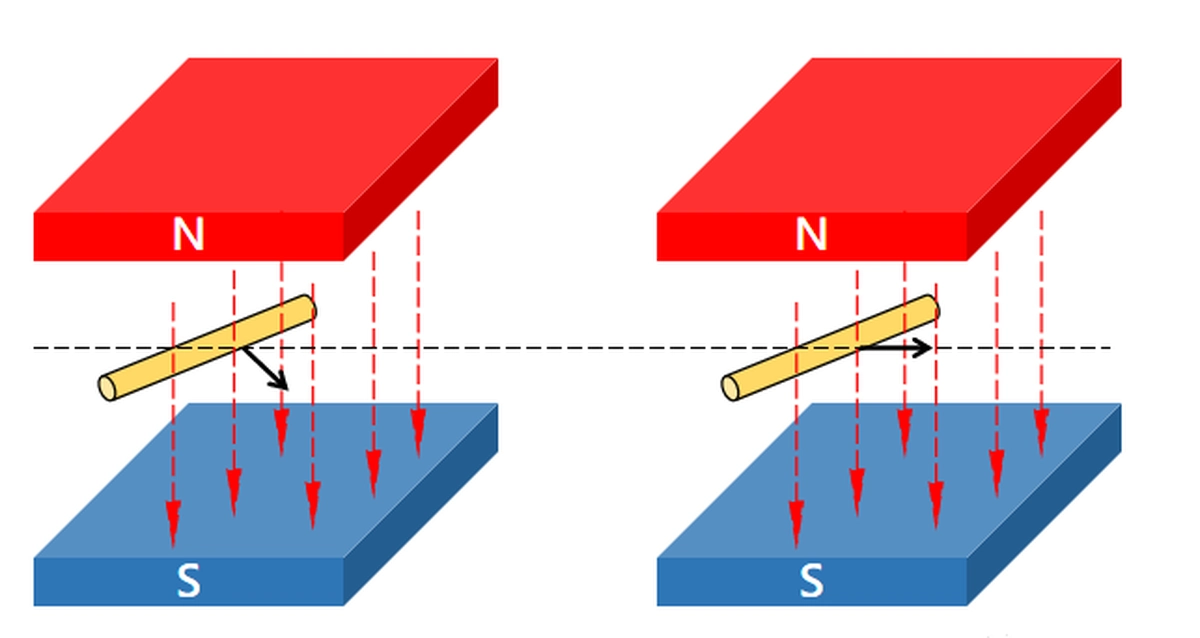
A conductor that cuts through magnetic lines of force produces an induced voltage, and at the same time, a current is passed through the conductor to produce a magnetic field. Because this magnetic field is created by the current, when the current changes, the magnetic field also changes, both in magnitude and direction. The direction of this current and magnetic field follows the right-hand spiral rule, as shown in Figures 1–3 below.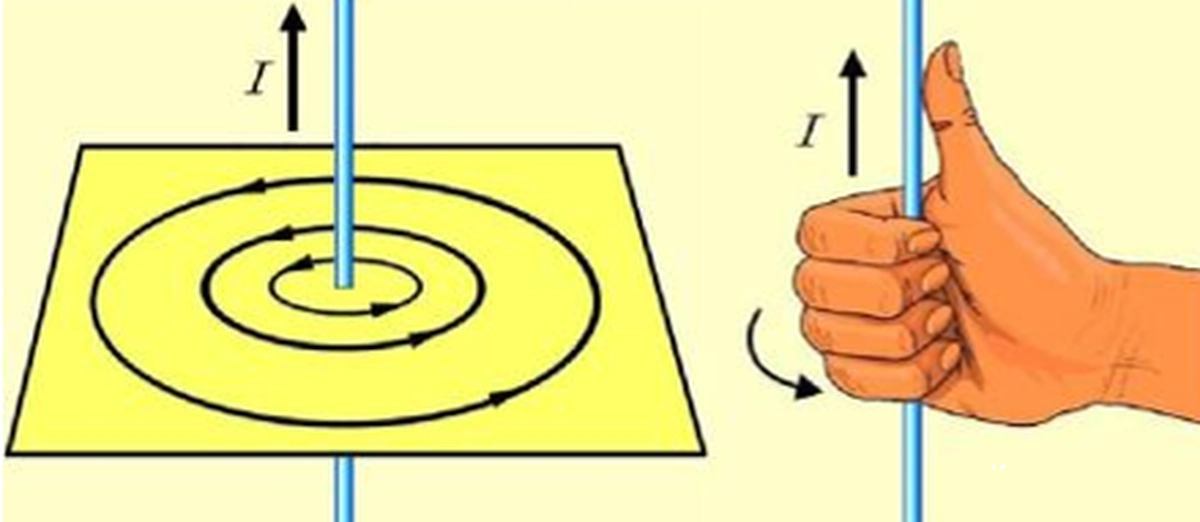
Magnetism generates electricity, and electricity generates magnetism, so what kind of phenomenon will be produced if electricity and magnetism exist at the same time? The answer to this question is actually the answer to the question of why a motor can rotate. Yes, if both electricity and magnetism exist at the same time, then electromagnetic force will be generated, i.e., if a wire flowing current is placed in a magnetic field, the wire will be subjected to the action of electromagnetic force to move. This is because the wire flowing current itself has a magnetic field, which is equivalent to a small magnet. If you put a small magnet into another magnetic field (or a small magnet near another magnet), it will certainly be affected by the force.
The principle of motor rotation
A single-phase motor rotor can rotate precisely because of the role of electromagnetic force, that is to say, the rotor itself must first have a conductor flowing current and then be placed in the magnetic field generated by the stator in order to rotate. But where does the current in the rotor come from? As you know, when we energize a single phase motor, we are actually energizing the motor's stator, not the motor's rotor. The answer is in the above, and on reflection, it is clear that electricity can be generated using a conductor cutting through magnetic lines of force, in addition to coming directly from a power source! That is, the current in the rotor can be generated by its conductor cutting the magnetic lines of force. Obviously, the magnetic lines of force are already there, generated by the energized coils on the stator of the motor, and it's just a matter of getting the conductors on the rotor to cut those lines of force.
Why do motors need capacitors?
Of course, in the beginning, the rotor of the motor is not moving, so cutting the magnetic lines of force by moving the conductors is obviously not practical, so we would have to find a way to get the magnetic field to move and then be cut by the rotor conductors, which is why capacitors are added to single-phase motors! Next, let's take a look at the difference between a motor without a capacitor and one with a capacitor.
Single-phase motor stator on the two windings in space 90° apart, as shown in Figures 1–4. A and B are two windings arranged vertically, with A for the work of the winding, the first end of the figure labeled "A," and B for the starting winding, the first end of the figure labeled "B." The two windings are connected in parallel.
1. The motor does not add capacitance, the wiring diagram is shown in Figures 1–4.
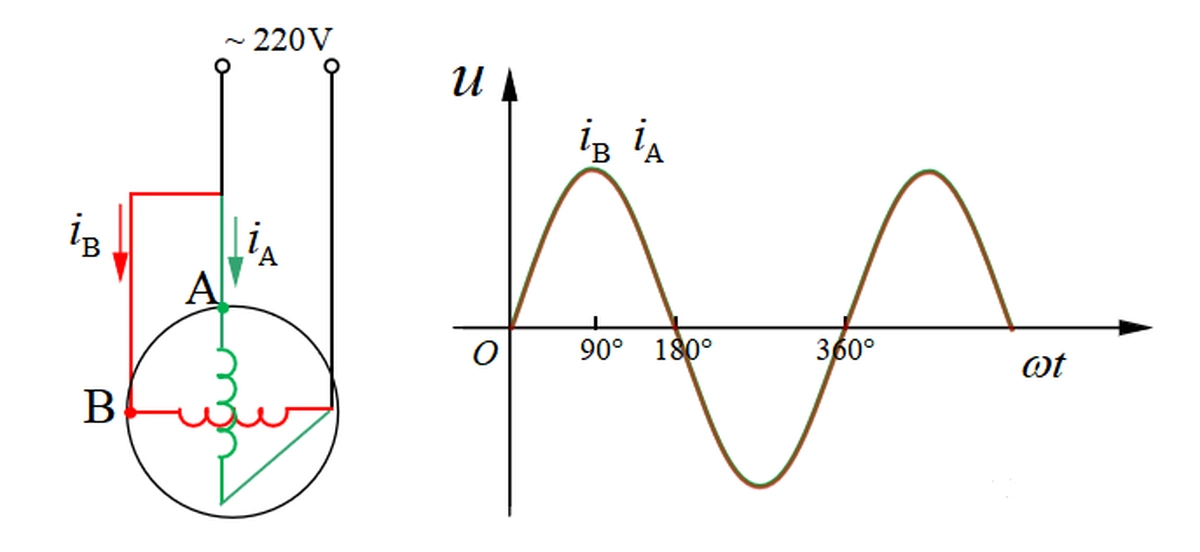
Assuming that the two windings are identical, since they are connected in parallel, they flow the same current, both in magnitude and direction. This results in the two windings producing the same magnetic field, but since the two windings are separated by 90° in space, the two magnetic fields are also separated by 90°.
The point to be made here is that the magnetic field is a vector, so it has only one direction at any point in space, and when two magnetic fields are put together, the magnetic lines of force are synthesized. This is not difficult to understand, it is like a force, the force is a vector, we use our hands to push the block of wood to move, one hand pushes to the left, one hand pushes up, and then the force on the block, is the synthesized force of the two forces, so the block of wood will move to the upper left, as shown in Figure 1–5.
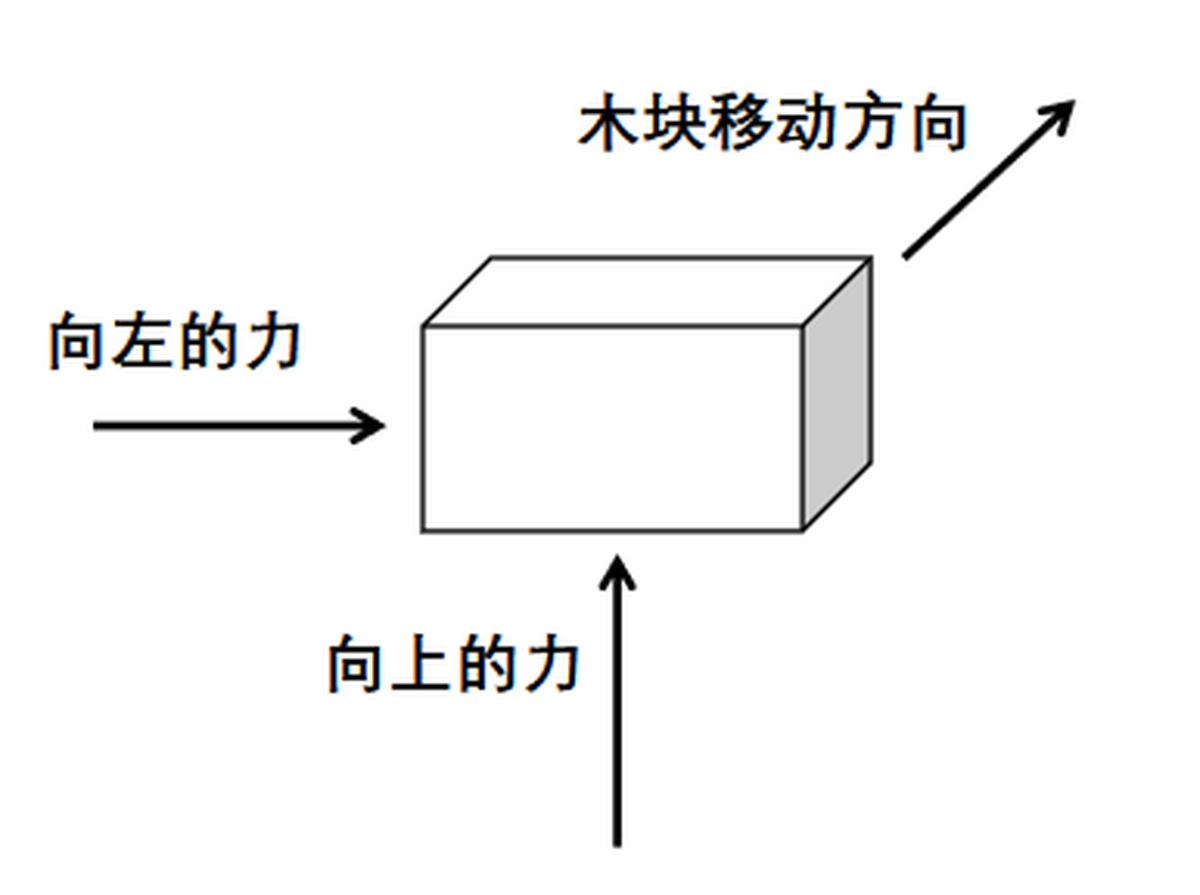
Similarly, the magnetic field produced by the two coils on the stator and after the designation is shown in Figure 1–6 below. In the figure, A and B correspond to the first ends of the two windings of the motor. According to the right-hand spiral rule, when the current is in the positive half-circle, the current flows in from the first end, and the direction of the magnetic field generated is clockwise; the current flows out from the end, and the magnetic field generated is counterclockwise.
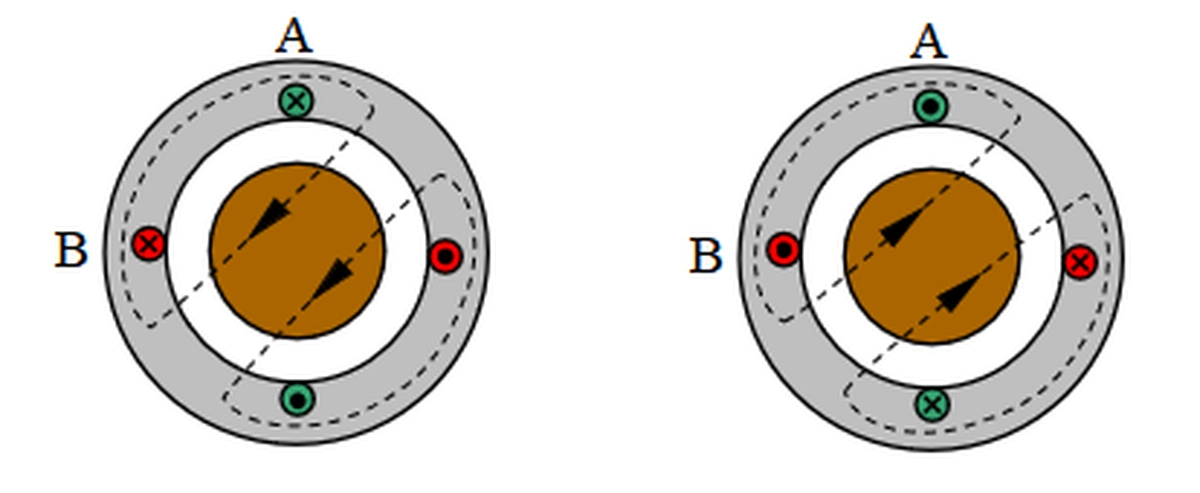
At this time, for the B winding, the direction of the generated magnetic field is downward, while the direction of the magnetic field generated by the A winding is to the right, so they produce a synthetic magnetic field direction of the right downward, as shown in Figure 1-6. In turn, the direction of the synthetic magnetic field when the current is in the negative half-circle is derived.
In the comparison of the two magnetic fields in Figures 1–6, it can be found that, with the alternating current, the direction of the magnetic field is also in the reciprocating direction, but no matter how the magnetic field changes, it and the rotor conductor will not produce a cutting movement between the magnet up and down reciprocating motion, which is equivalent to Figure 1-6, it can be found that, with the alternating current, the direction of the magnetic field is also in the reciprocating direction, but no matter how the magnetic field changes, it and the rotor conductor will not produce a cutting movement between the magnet up and down reciprocating motion, which is equivalent to Figure 1-1 (1) The magnet will not produce induced voltage, that is, the rotor will not produce current, there is no current flowing through the rotor, even if it is in a magnetic field, but it also does not rotate by the action of electromagnetic force!
2. The motor with capacitors, and the wiring diagram as shown in Figure 1–7.
Two windings are still connected in parallel, but the starting winding is first connected in series with a capacitor and then connected in parallel with the working winding. In the starting winding with a capacitor in series, its current will exceed the current of the working winding by 90°, resulting in the current flowing through the two windings being out of synchronization, as shown in Figure 1–7.
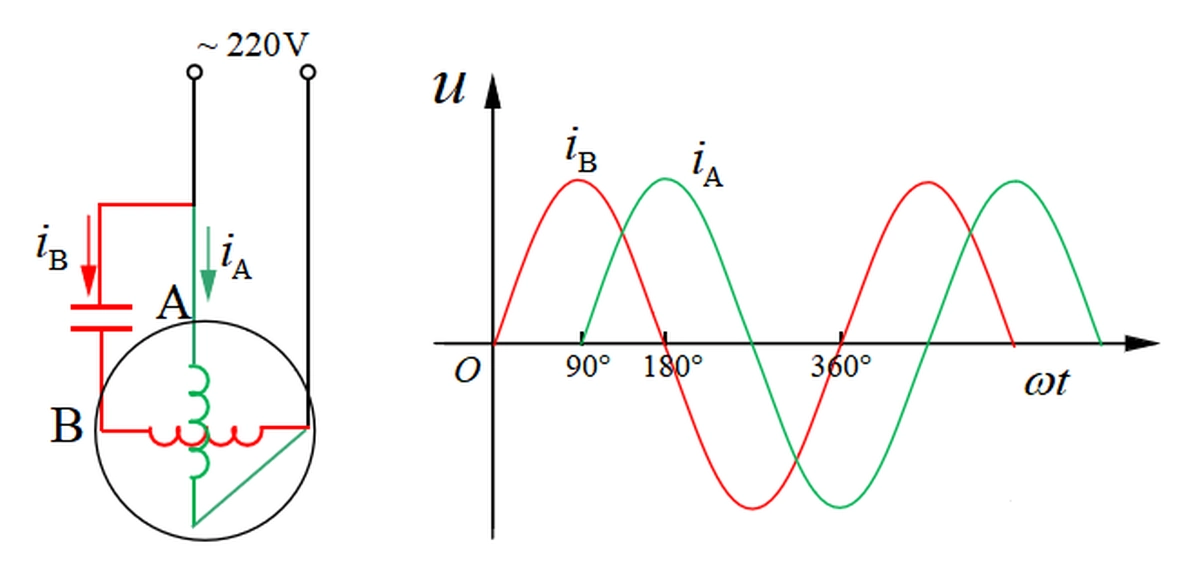
For example, when the phase is 90°, the B winding current has a positive half-circle maximum, but the A winding current is zero; when the phase is 180°, the A winding current has a positive half-circle maximum, but the B winding current is zero. They produce and synthesize the magnetic field direction, as shown in Figure 1–8 below. 90°, there is no current in the A winding, and the stator magnetic field is all generated by the B winding, because the B winding current is positive, so the current flows in from the first end, and the direction of the magnetic field is clockwise, and similarly, the current flows out from the end of the B winding, and the direction of the magnetic field is counterclockwise, so the direction of the stator magnetic field is vertically downward.
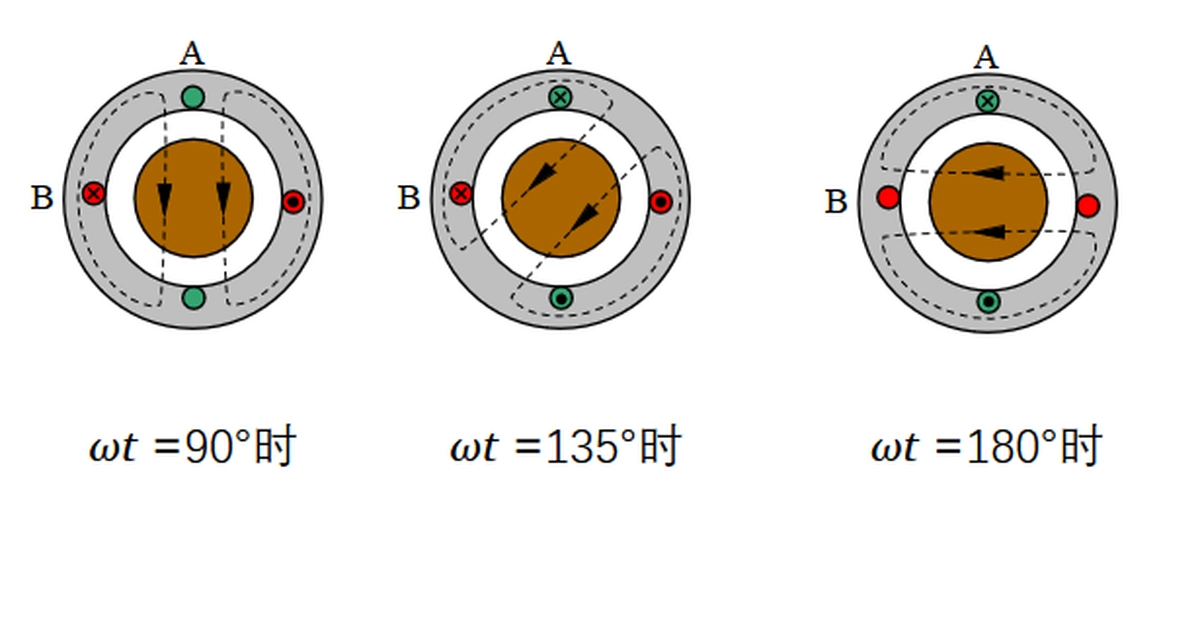
The other two magnetic field directions can also be judged according to the right-hand spiral rule, I will not analyze them here. From Figure 1–8, we can see that the stator magnetic field is rotating with the alternating current. Once the magnetic field is rotating, it will be cut by the rotor conductor, which generates the induced voltage. And since the rotor conductors are closed loops, an induced current is generated, and once there is a current, these rotor conductors are rotated by the electromagnetic force.



Leave a Comment